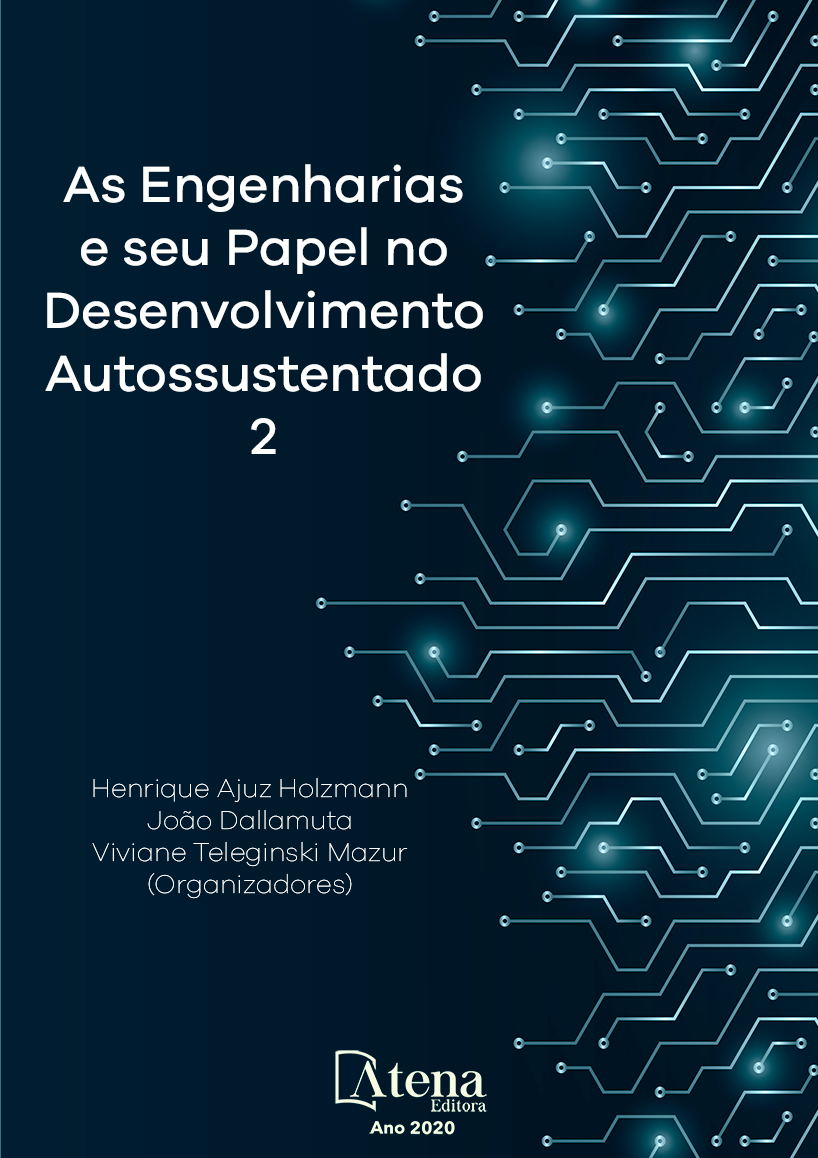
MAPEAMENTO DOS RESÍDUOS DE CONSTRUÇÃO CIVIL GERADOS PELOS CURSOS FIRJAN SENAI: O ESTUDO DE CASO DA UNIDADE RODRIGUES ALVES, RJ
A construção civil é uma das maiores fontes geradoras de resíduos no Brasil e no mundo. O grande volume de resíduos no país é resultante de um dos setores que possuem destaque na economia como também o que mais consome matéria prima, inclusive recursos não renováveis, causando grandes impactos no meio ambiente devido ao seu ciclo produtivo. O presente trabalho apresenta o mapeamento dos resíduos gerados pelos cursos de construção civil oferecido pela unidade Rodrigues Alves – Firjan Senai RJ, com o objetivo de identificar as características quantitativas, qualitativas e as devidas classificações dos resíduos e seu descarte, visando o uso dos dados obtidos para a inserção da “Mentalidade Verde” em seus alunos e opções de soluções sustentáveis para a instituição.
MAPEAMENTO DOS RESÍDUOS DE CONSTRUÇÃO CIVIL GERADOS PELOS CURSOS FIRJAN SENAI: O ESTUDO DE CASO DA UNIDADE RODRIGUES ALVES, RJ
-
DOI: 10.22533/at.ed.4592029068
-
Palavras-chave: Geração de resíduos, Mapeamento de resíduos, Construção Civil, Sustentabilidade, Educação ambiental.
-
Keywords: Generation of waste, Waste Mapping, Civil Construction, Sustainability, Environmental Education.
-
Abstract:
Civil construction is one of the largest sources of waste in Brazil and in the world. The large volume of waste in the country is the result of one of the sectors that are prominent in the economy as well as the one that consumes raw material, including nonrenewable resources, causing great impacts on the environment due to its productive cycle. The present paper presents the mapping of the waste generated by the construction courses offered by the Rodrigues Alves Unit - Firjan Senai RJ, with the objective of identifying the quantitative and qualitative characteristics and the proper classifications of the residues and their disposal, aiming at the use of the data obtained for the insertion of the "green mentality" in its students and options of sustainable solutions for the institution.
-
Número de páginas: 11
- Verônica Silva Neves
- Simone do Nascimento Dória
- FERNANDA VALINHO IGNACIO


